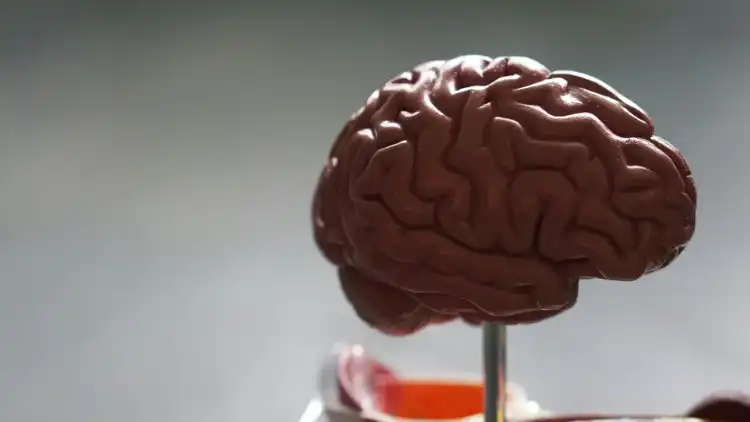Understanding how we learn is fundamental to unlocking the full potential of the human mind. The brain, a network of approximately 86 billion neurons, operates not through individual cells but through the intricate connections between them. Learning is the process of forging and strengthening these connections. When we acquire a new skill or memorize a fact, we are physically and chemically altering our brain’s structure. This concept, known as Hebbian learning, is beautifully simple: neurons that fire together, wire together. The more often they are activated simultaneously, the stronger their bond becomes, making it easier for them to communicate in the future.
Table of Contents
🧠 The Brain’s Learning Mechanism
The process of learning involves several key areas of the brain working in concert. The prefrontal cortex acts as our working memory, a temporary storage space for information we are actively processing. Meanwhile, the basal ganglia are crucial for motor learning and habit formation, often referred to as ‘muscle memory’. Our emotional responses to learning are handled by the amygdala; we tend to remember experiences better when they are emotionally charged. The hippocampus is vital for recording past events, allowing us to learn from experience. Ultimately, this new learning is transferred to the neocortex, the brain’s main storage bank, for long-term retention, a process that primarily occurs while we sleep.
🧠 Learning on a Cellular Level
At the microscopic level, learning is a fascinating dance of chemicals and electricity. When one neuron sends a message to another, it releases chemicals called neurotransmitters across a tiny gap known as a synapse. The receiving neuron has receptors that detect these signals. Repetitive signaling strengthens this synapse in two ways: the sending neuron releases more neurotransmitters, and the receiving neuron creates more receptors. This enhanced connection ensures the message gets through faster and more reliably in the future. Furthermore, support cells called oligodendrocytes wrap the neuron’s axon in a fatty substance called myelin, which acts like insulation on a wire, speeding up the electrical impulse and making the entire network more efficient.
More Topics
- The Science Behind Your Accent – Understanding the Human Mind
- Why Do We Lie – Understanding the Human Mind
- Brain Surgery – Understanding the Human Mind
- How to Think Yourself Smart – Understanding the Human Mind
- Escape Room Psychology – Understanding the Human Mind
- How Optical Illusions Work – Understanding the Human Mind
- The Science of Sight – How Your Brain Sees the World

